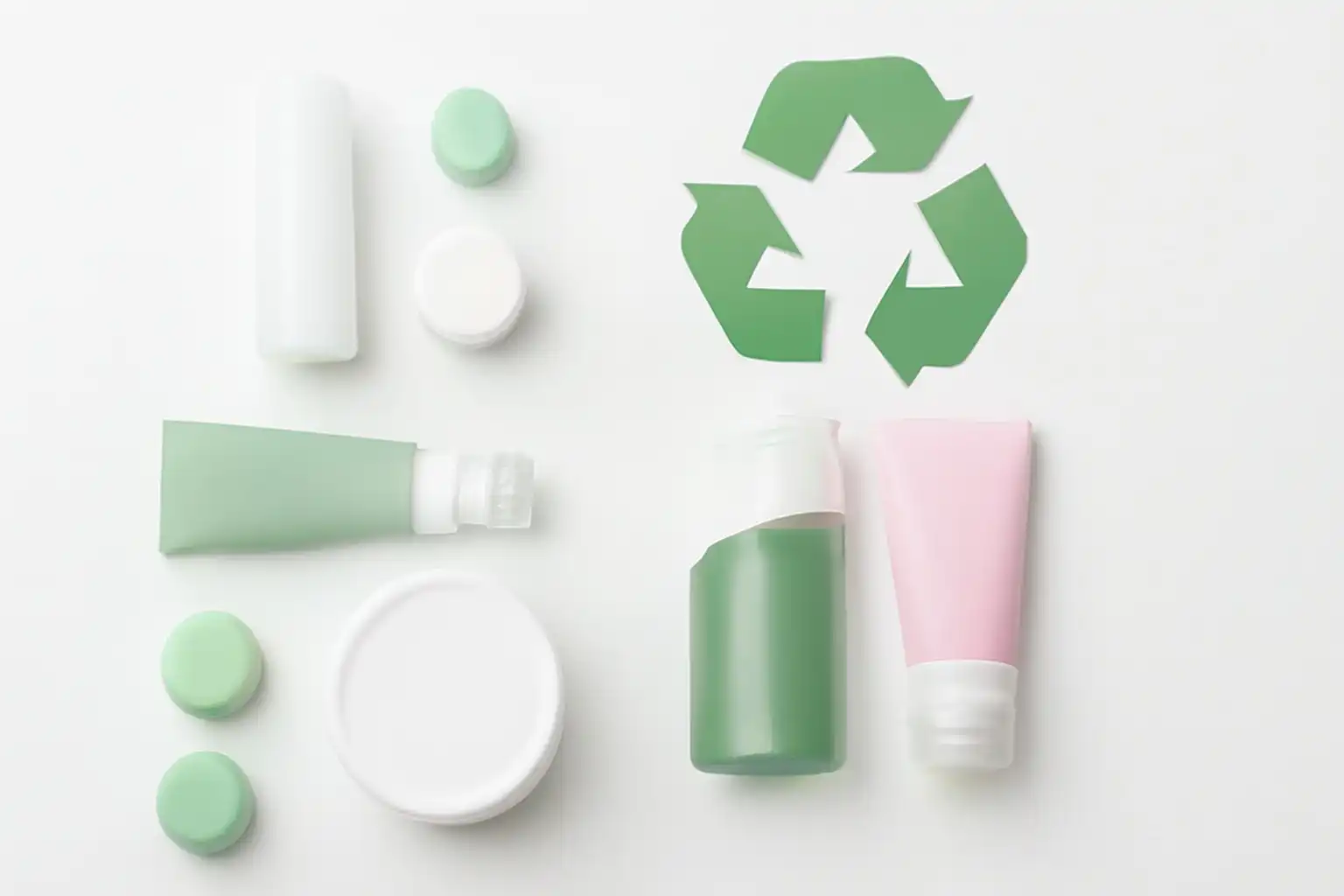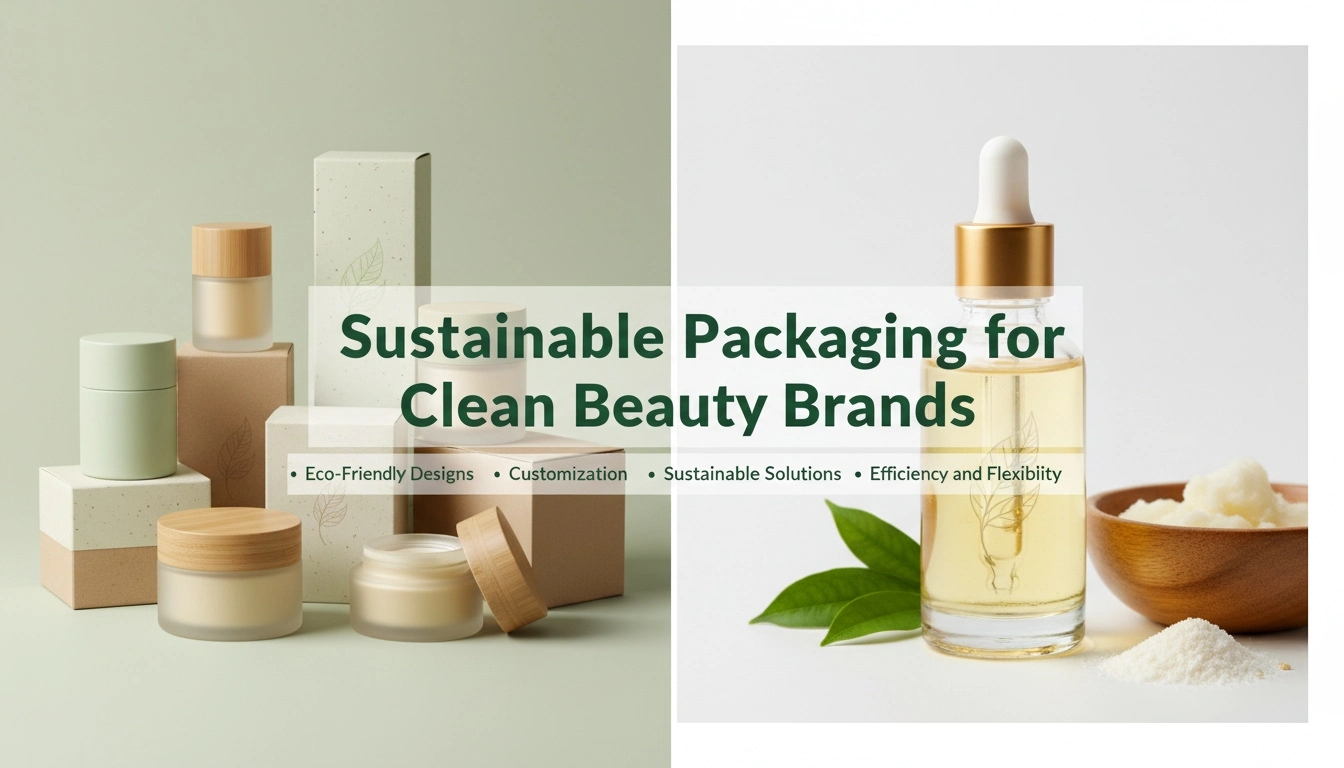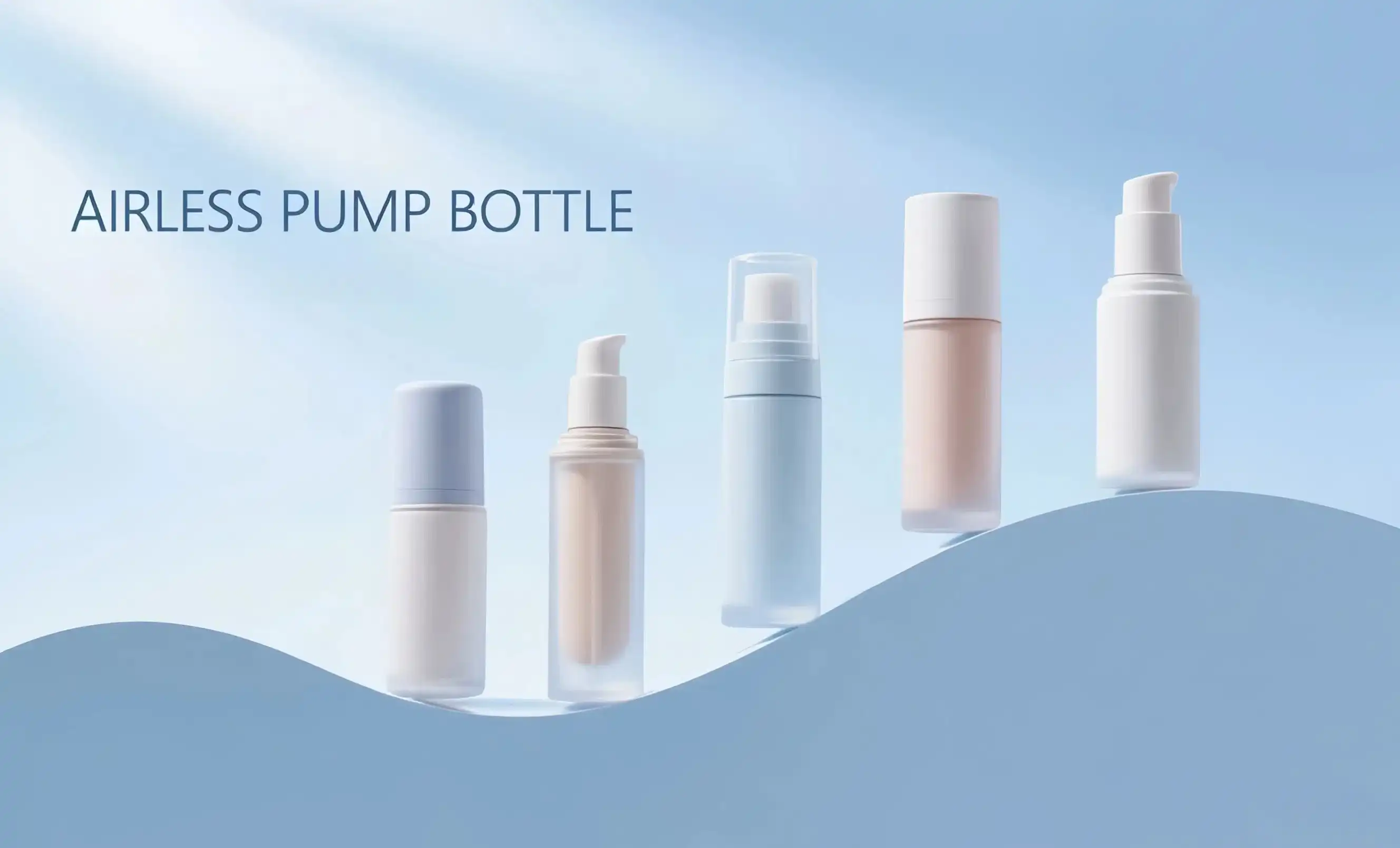Are Biodegradable Materials the Future of Beauty Packaging?
The quest for more sustainable beauty packaging has led to a surge in interest in biodegradable materials. These innovative substances offer a promising solution to the environmental challenges posed by traditional plastic packaging. Biodegradable materials, derived from natural sources such as cornstarch, sugarcane, and even seaweed, have the potential to decompose naturally, leaving minimal impact on the environment.

The Science Behind Biodegradable Beauty Packaging
Biodegradable packaging materials are designed to break down into natural elements when exposed to specific environmental conditions. This process significantly reduces the accumulation of plastic waste in landfills and oceans. However, it's crucial to note that the effectiveness of biodegradation often depends on proper disposal and processing facilities.
Some beauty brands are pioneering the use of materials like PLA (Polylactic Acid), a biodegradable plastic alternative made from renewable resources. These materials can be molded into various shapes, making them versatile for different types of beauty products, from refillable cosmetic packaging to single-use items.
Challenges and Opportunities
While biodegradable materials offer numerous environmental benefits, they also present challenges. Ensuring these materials maintain product integrity, especially for sensitive skincare formulations, is crucial. Additionally, the cost of biodegradable packaging can be higher than traditional plastics, potentially impacting product pricing.
Despite these challenges, the opportunities are significant. As technology advances and production scales up, biodegradable materials are likely to become more cost-effective and widely available. This shift could revolutionize the beauty industry, offering a viable solution to the plastic waste problem while meeting consumer demands for more sustainable options.
How Sustainable Packaging is Changing the Skincare Industry
The skincare industry is at the forefront of the sustainable packaging revolution, with brands large and small embracing eco-friendly solutions. This shift is not just about using green materials; it's a comprehensive approach that encompasses design, production, and end-of-life considerations for packaging.
Innovative Sustainable Packaging Solutions
One of the most significant changes in the skincare industry is the adoption of refillable cosmetic packaging. This approach allows consumers to keep and reuse the outer packaging while only replacing the product inside. Many luxury skincare brands have introduced refillable options for their best-selling products, combining sustainability with a premium experience.
Another innovative solution is the use of ocean-bound plastic in packaging. Some brands are partnering with organizations to collect plastic waste from coastal areas and repurpose it into beauty packaging. This not only reduces new plastic production but also helps clean up our oceans.
The Impact on Brand Image and Consumer Loyalty
Adopting sustainable packaging practices has become a powerful tool for skincare brands to enhance their image and build consumer loyalty. Consumers are increasingly aligning themselves with brands that reflect their values, and sustainability is a top priority for many.
Brands that transparently communicate their sustainability efforts, including their packaging choices, often see increased customer engagement and loyalty. This shift towards sustainable packaging is not just an environmental initiative; it's becoming a crucial aspect of brand strategy in the competitive skincare market.
The Rise of Minimalist Packaging in Sustainable Beauty
Minimalism in beauty packaging is more than just an aesthetic trend; it's a practical approach to sustainability. By reducing unnecessary packaging elements, brands can significantly decrease their environmental footprint while creating visually appealing products.
The Philosophy Behind Minimalist Packaging
Minimalist packaging in sustainable beauty focuses on simplicity, functionality, and reducing waste. This approach often involves using fewer materials, opting for mono-material packaging that's easier to recycle, and eliminating unnecessary components like extra boxes or plastic wraps.
Many brands are embracing a "less is more" philosophy, creating streamlined packaging designs that are both elegant and eco-friendly. This shift towards minimalism aligns well with the concept of refillable cosmetic packaging, as simpler designs are often more conducive to refilling and reusing.
Consumer Response to Minimalist Packaging
The minimalist packaging trend has been well-received by consumers, particularly those who prioritize sustainability. Many appreciate the clean, uncluttered aesthetic and the reduced environmental impact. However, brands must balance minimalism with adequate product protection and information delivery.
Some brands are finding creative ways to incorporate essential information into minimalist designs, such as using QR codes that link to detailed product information online. This approach not only reduces packaging clutter but also provides consumers with easy access to comprehensive product details.
The Future of Minimalist Sustainable Packaging
As the beauty industry continues to evolve, minimalist sustainable packaging is likely to become more prevalent. Advances in material science and design technology are enabling brands to create packaging that is both minimalist and highly functional. From airless pumps that extend product shelf life to innovative materials that biodegrade safely, the future of beauty packaging is both simple and sophisticated.
The trend towards minimalist sustainable packaging is also influencing product formulations. Many brands are focusing on multi-use products that require less packaging overall, aligning with the minimalist ethos while offering practical benefits to consumers.
Conclusion
The beauty industry's shift towards sustainable packaging, particularly refillable cosmetic packaging, represents a significant step towards a more environmentally responsible future. From biodegradable materials to minimalist designs, these trends are reshaping how we think about and interact with beauty products. As consumers become more aware of the environmental impact of their purchases, brands that prioritize sustainability in their packaging strategies are likely to gain a competitive edge.
For beauty brands looking to stay ahead in this evolving landscape, partnering with innovative packaging suppliers is crucial. At Topfeelpack, we specialize in advanced airless bottles designed to prevent air exposure, maintaining product effectiveness and ensuring longer shelf life. Our commitment to sustainability, fast customization, competitive pricing, and rapid delivery makes us an ideal partner for brands seeking to enhance their sustainable packaging initiatives.
Are you ready to elevate your brand's sustainability profile with cutting-edge packaging solutions? Contact us at pack@topfeelgroup.com to learn more about our refillable cosmetic packaging options and how we can help your brand meet the growing demand for sustainable beauty products.
References
- Smith, J. (2023). "The Evolution of Sustainable Packaging in the Beauty Industry." Journal of Cosmetic Science, 45(2), 112-128.
- Green Beauty Report. (2023). "Consumer Attitudes Towards Sustainable Beauty Packaging." Market Research Quarterly, 18(3), 76-92.
- Johnson, A., & Lee, S. (2022). "Biodegradable Materials in Cosmetic Packaging: Challenges and Opportunities." Sustainable Packaging Technology, 7(4), 203-219.
- European Cosmetics Association. (2023). "Annual Report on Sustainable Packaging Trends in the Beauty Industry."
- Brown, E. (2023). "Minimalism and Sustainability: A New Paradigm in Beauty Packaging Design." Design and Sustainability Journal, 12(1), 45-61.
- Global Cosmetics Market Analysis. (2023). "The Impact of Sustainable Packaging on Consumer Purchasing Behavior in the Beauty Sector." Market Insights Quarterly, 29(2), 132-150.

 - 副本_1745399213966.webp)

_1747827716538.webp)

